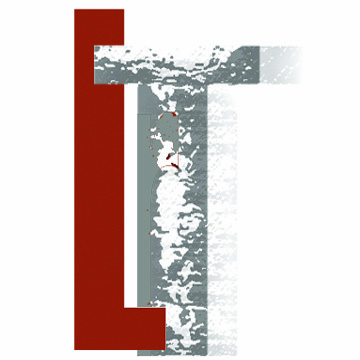7 Ways to Spot Your Students’ Hidden Addictions
This is Part 2 of a series on student addiction. You can read Part 1 HERE.
I spent much of my youth running from God. I grew up in a wonderful home, and my parents were amazing and loving mentors. I grew up learning to love God, but I was also afraid of him. I instinctually knew that I was not good enough—could not be good enough. I strived for perfection only to be met with disappointment and brokenness.
In my desperate attempt to superglue the broken pieces of my heart and control my life, I finally surrendered to the journey of discipleship. I recognized early on that this journey would not always be pleasant. I remember the exact day, time, and place that God wrecked my world. He could not ease me out of my shame. He had to expose the wound that I had been covering and compensating for most of my life. He was incredibly gracious. In that moment, he created a safe haven for me within my friends and family.
This kind of safe haven is the foundational step when coming alongside students struggling with addiction. But how can you tell if a student has a full-blown addiction? Some, like nicotine or alcohol addictions, are easier to identify. But addictions to food or pornography can be harder to see.
“Healing and freedom cannot begin until a student admits there is a problem.”
And you aren’t the only one who needs to be able to identify your students’ addictions. For our students to overcome their addictions, they must first recognize that they have addictions. Here are seven attributes of addiction to help you and your students recognize them:
1) Withdrawal symptoms include, but are not limited to, nausea, irritability, vomiting, and anxiety when a student is without a substance or activity for too long.
2) Distortion of attention is a term used to describe a student’s obsession with his or her addiction above all other aspects of life.
3) Tolerance indicates a consistent need for an increased amount of the substance to achieve the same “high.”
4) Students usually show some form of self-deception or denial that there is a problem.
5) Loss of willpower
6) Negative life impact
7) Continued use despite negative impact.
Not all seven of these attributes will exist in every addiction you come across. The last two characteristics may be harder to see, at least at first, in addictions like nicotine, gambling, and pornography.
Use these characteristics as a guideline to help students reflect on their own lives. Help them investigate whether or not there is an idol in their lives preventing them from the fullness of life for which God created them. The difficult task of healing, restoration, and freedom cannot begin until a student admits there is a problem.
Tomorrow, I’ll cover some of the crucial steps you can take to help guide students out of their addictions.
CC Image courtesy jacobfg on Flickr.
About the Author
Guest Contributor
The LeaderTreks Blog is proud to share the hard-earned wisdom of student ministry leaders from many different backgrounds and professions. From time to time, we will feature guest blog posts from writers other than our regular contributors. We include these posts to provide additional perspectives and insight that we’re sure will help develop you and your ministry… Read More




